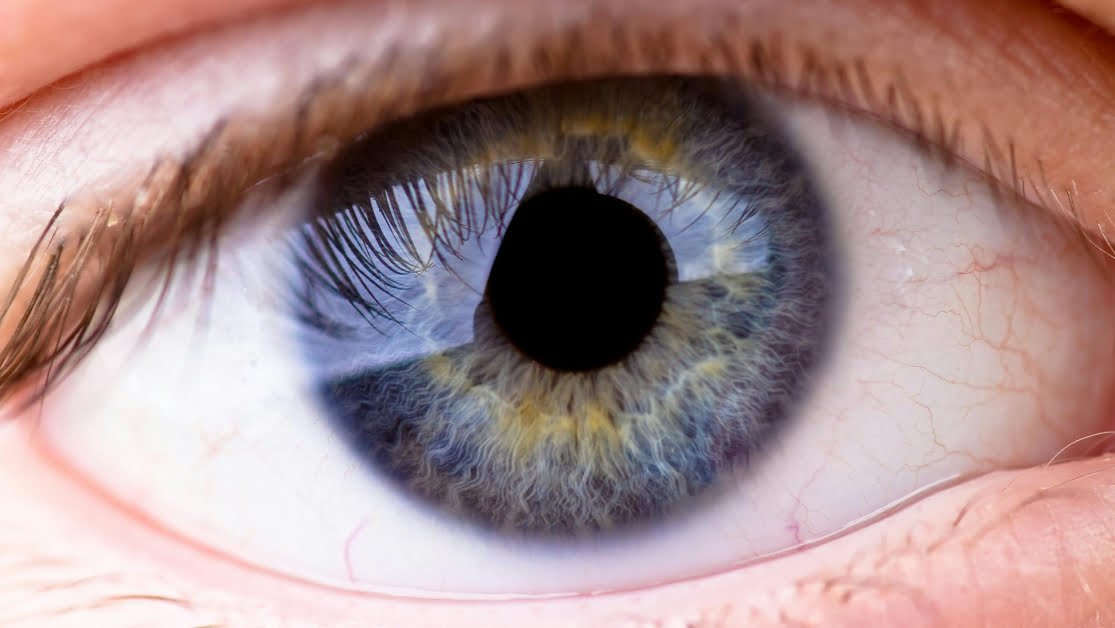Construction workers face numerous risks on the job, with ocular injuries and diseases being a common yet often underestimated concern. The construction industry’s use of heavy machinery, sharp tools, and exposure to dust and debris increases the likelihood of eye-related accidents and ailments among building crew members. In this article, we will delve into the various hazards faced by construction workers concerning their eye health and provide tips on how to protect and maintain good vision while on the job site.
Hazards Faced by Construction Workers
According to the US Bureau of Labor Statistics, constructing trades workers had 2,120 eye-related injury or illness cases in 2020, while material moving workers had 1,860 cases. Among constructing trades workers, 31.1% of eye injury and illness cases involved construction laborers. Construction workers encounter a wide range of dangers that can jeopardize their vision.
Common causes of eye injuries on construction sites include flying debris, dust, chemicals, and blunt force trauma. For example, activities like grinding and cutting metal or wood can generate airborne particles that may cause severe corneal abrasions or penetrate the eye. Exposure to cement dust containing alkaline substances can result in chemical burns if it comes into contact with the eyes. Additionally, construction sites often expose workers to intense ultraviolet (UV) radiation, particularly during outdoor tasks. Prolonged exposure to solar UV radiation can lead to various eye conditions such as welders’ flash, retinal damage, and cataracts, with reflective surfaces like metal and concrete exacerbating UV exposure.
Essential Safety Measures
Given the significant risk of ocular injuries and diseases in the construction industry, implementing robust safety measures is crucial. Here are three key recommendations to safeguard workers’ eye health:
Utilize Protective Gear
Personal protective equipment (PPE) serves as the primary defense against eye injuries. Safety glasses or goggles should be mandatory on all construction sites, meeting ANSI standards for impact resistance and coverage. Contractors can supply safety glasses like the Pentax ZT25-8, which adhere to ANSI Z87.1 standards. For tasks involving hazardous chemicals, goggles with indirect ventilation or a face shield should be worn to prevent splashes. Ensuring proper fitting and maintenance of PPE is essential for its effectiveness.Wear Polarized Sunglasses
While PPE offers protection against mechanical and chemical hazards, polarized sunglasses are crucial for shielding eyes from UV radiation. Polarized sunglasses reduce glare from reflective surfaces and provide superior defense against UVA and UVB rays. Construction firms should consider providing high-quality polarized sunglasses such as the Oakley Half Jacket 2.0 XL for workers spending significant time outdoors. These sunglasses feature wraparound lenses for comprehensive eye coverage and are designed to withstand harsh conditions.Conduct Comprehensive Safety Training
Companies that provide thorough training for new employees on safety culture, procedures, and incident rates have significantly lower rates of incidents. New hires should undergo extensive safety training that includes specific guidance on eye protection. This training should emphasize the importance of wearing PPE, proper use and maintenance of protective gear, and the risks associated with inadequate eye protection.
Ocular injuries and diseases pose significant risks for construction workers, but with appropriate precautions, these risks can be mitigated. By understanding the specific hazards present on construction sites and implementing targeted safety measures, contractors can reduce the occurrence of eye injuries and ensure that workers return home with their vision intact.


